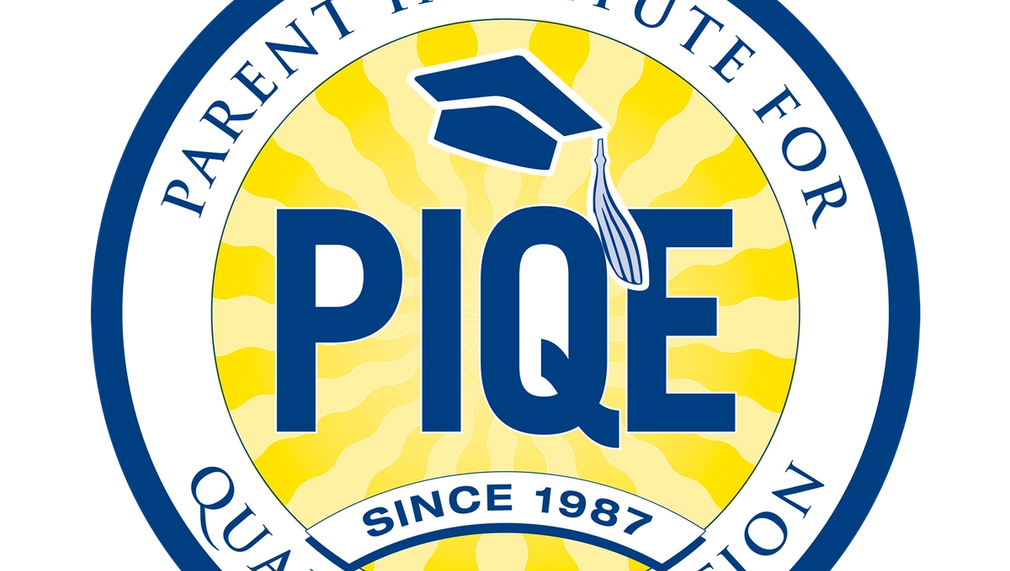Family STEM Engagement in LA County
PIQE’s Family STEM Engagement Program educates and empowers low-income multi-lingual and multi-cultural families across the Los Angeles region by providing them with valuable information and skills that result in greater opportunities for families to improve their children's academic achievement within STEM.

What is the primary issue area that your application will impact?
K-12 STEAM Education
In which areas of Los Angeles will you be directly working?
Central LA
East LA
San Gabriel Valley
San Fernando Valley
South LA
West LA
South Bay
Antelope Valley
In what stage of innovation is this project, program, or initiative?
Expand existing project, program, or initiative
What is your understanding of the issue that you are seeking to address?
PIQE has a proven record of serving low-income, ethnically and culturally diverse communities throughout California, including throughout Los Angeles County. Empowering with these communities is essential toward the goal of achieving educational equity, particularly within the area of STEM education. STEM fields remain stubbornly un-diverse, with Black and Latinx workers consistently underrepresented, and current STEM postsecondary degree attainment rates indicate that trend will continue, per the Pew Research Center. This issue is exasperated by the fact that STEM job growth outpaces non-STEM jobs. Our programming aims to combat this trend by providing families with the knowledge and skills to be active participants in their children’s education and partner with schools to ensure their children achieve their full potential within the STEM fields and beyond.
Describe the project, program, or initiative this grant will support to address the issue.
PIQE’s Family STEM Engagement Program, offered in English and Spanish, educates and empowers low-income multi-lingual and multi-cultural families by teaching them how to: (1) support their children's education by creating a home environment conducive to learning; (2) help improve children’s academic performance; (3) support the social-emotional development of children; (4) develop constructive relationships with other families, teachers, administrators, and counselors; (5) navigate the school system and take full advantage of the resources provided to their children; and (6) prepare their children for a postsecondary education. Families will receive STEM specific programming in order to demystify STEM concepts that are often thought of to be too challenging or complex. This program encourages families to ask about whether their children are taking the correct math and science classes, enrolling in accelerated programs, researching internship opportunities, and seeking additional academic help when needed. Families will also learn about the latest technologies and fields of study such as coding, robotics, artificial intelligence, genetics (in medicine, agriculture, forensic science, etc.) and alternative energy. Through interactive discussions and hands-on activities, families become familiar with various STEM related careers, wage benefits, and the academic preparation students need to strive for a future in a STEM career.
Describe how Los Angeles County will be different if your work is successful.
The expected outcomes for families that participate in our STEM education programming are that at least: 80% of families will know what the acronym STEM means; 75% of families will encourage their students to pursue a career in STEM; 70% of families will discuss STEM at home; 80% of families will understand the connection between college admission requirements and STEM fields; 80% of families will understand the pay scale for jobs in STEM; and 80% of families will know the different postsecondary pathways that lead to careers in STEM. At the systemic level, we anticipate that the long-term outcomes of the program will be that students in LA County will strengthen their STEM skills. The program will improve the lives of low-income children and children of color by improving academic outcomes and college and career pathways within STEM, thus strengthening the LA community.
What evidence do you have that this project, program, or initiative is or will be successful, and how will you define and measure success?
We collect data on all of our process and outcome measures in order to determine the impact of our programs. For outcome data, specifically, we utilize retrospective surveys to measure family outcomes. These surveys measure families’ changed knowledge, attitudes, and behavior regarding STEM education. Our Family STEM Engagement programs have been successful across California. This school year alone, as a result of our programming: 83% of families know what the acronym STEM means (24% before); 81% of families encourage their students to pursue a career in STEM (45% before); 71% of families discuss STEM at home (31% before); 85% of families understand the connection between college admission requirements and STEM fields (35% before); 85% of families understand the pay scale for jobs in STEM (35% before); and 87% of families know the different postsecondary pathways that lead to careers in STEM (36% before).
Approximately how many people will be impacted by this project, program, or initiative?
Direct Impact: 120
Indirect Impact: 360